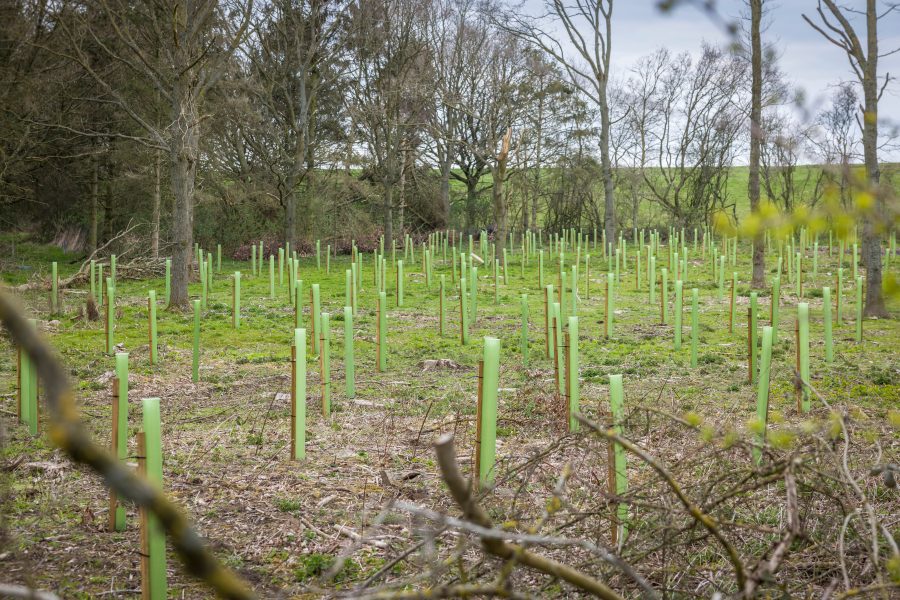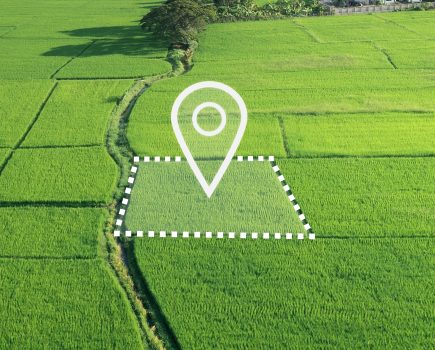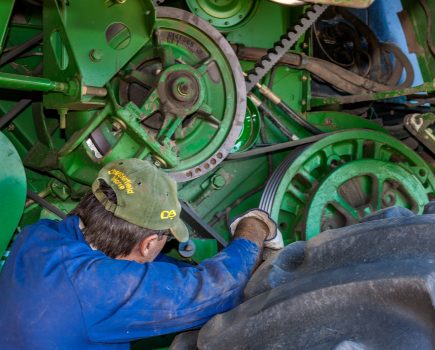Agroforestry is a hot topic within the industry and could support a new revenue stream for farmers as a new entrepreneurial venture or as part of a ‘stacking strategy’. Jennie Wheildon, partner in law firm Shakespeare Martineau’s agricultural team, explains.
At this year’s Agroforestry Show, organised by the Soil Association and the Woodland Trust, I chaired a panel discussion about how to fund an agroforestry scheme and the cumulative benefits this can create for farmers.
Economic stacking, where multiple business enterprises take place on the farm, and environmental stacking, where multiple environmental benefits are created, can not only help generate more income and mitigate climate change, but also save on costs.
Regenerative farming and agroforestry can go neatly hand in hand. For example, we are seeing that trees planted for fruit or nut production are creating benefits for the fertility of our soils as well as providing shade for livestock, and in turn improving returns from the land.
In a post-subsidy world, farmers need to consider a mosaic of funding options and shift the mindset that making money in farming is a bad thing. For too long there has been the opinion that because public money is required to support the farming industry it is deemed a market failure. This does not need to be the precedent going forward.
We are used to the traditional models of financing land based on land values, and a number of farmers reading this will have mortgages in place over their land that have been calculated in this way. Private finance is arguably under-explored by most and, unlike most public funding, private capital will be based on outputs and forecasting, rather than inputs.
As well as banks and private equity, venture capital funding is entering the farming market, following models seen in Europe and the USA. The UK’s agroforestry models are lagging behind our international counterparts; other countries have seen farmers designing and introducing large-scale production from trees on their farms for years.
Throughout the show this year, there were considerable discussions around the type of trees that should and could be considered within the farmland design. This includes those that can be harvested after cereals or don’t grow too tall to impact other crops, as well as the impact of increasing vegan diets and producing nuts as an alternative protein source. We still have a lot to learn about agroforestry, both in practice and in funding.
To make private investment work, farmers will need strong business plans indicating long-term return on agroforestry schemes, building a case for both financial and environmental resilience as well as risk profiling. But to achieve this we need to see more training, support and education in this area to help farmers design truly profitable agroforestry on farm and learn how to access corporates in the market for carbon capture and offsetting.
While many banks and funders are painting a rosy picture to land owners, it’s important that farmers consider several factors when engaging with private equity, venture capital or big banks. Firstly, timescales – how long does the funding arrangement last for? Does the deal provide you with enough time to grow your crop, harvest and produce a return? Secondly, flexibility – are there any long-term expectations on the land, or can the production be flexible? Finally, shared values – does the lender align with your ethical standards? If you’re not aligned, there could be issues down the line.
For more like this, sign up for the FREE South East Farmer e-newsletter here and receive all the latest farming news, reviews and insight straight to your inbox.







